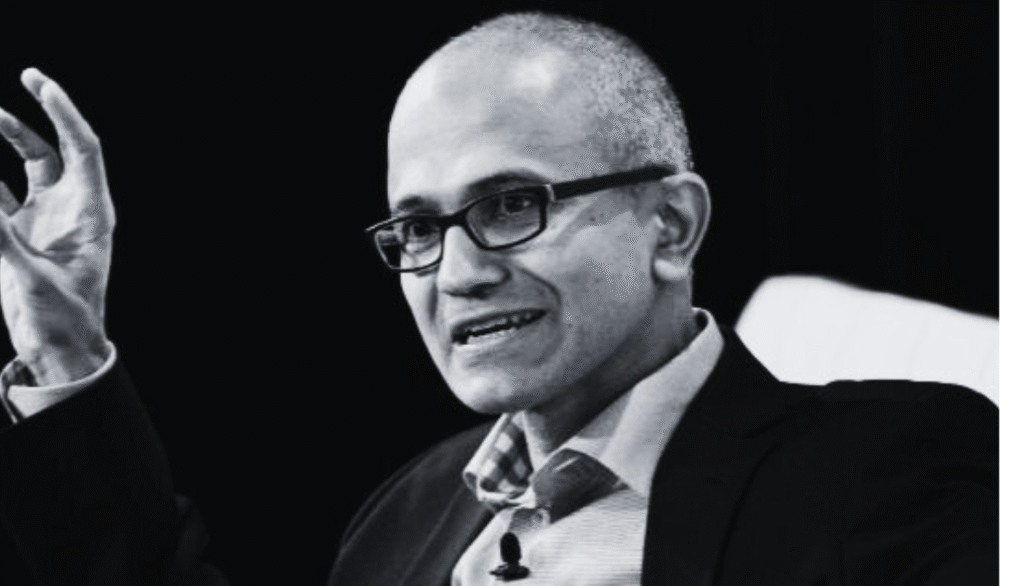Microsoft CEO Satya Nadella has started using artificial intelligence to engage with content in a more interactive manner, replacing traditional podcasts with AI-assisted conversations.
Highlights
This shift highlights how deeply integrated Microsoft’s Copilot assistant has become in his daily routine and serves as a reflection of the company’s broader vision for AI-powered productivity tools.
In a recent Bloomberg profile focused on Microsoft’s AI strategy and its evolving relationship with OpenAI, Nadella shared that he prefers to upload podcast transcripts into Copilot and interact with the assistant during his commute.
Rather than passively consuming content, he engages in conversational analysis, enabling a more dynamic and personalized form of information processing.
Nadella’s approach points to a broader transition in how content can be consumed and understood through AI, where users can pause, ask questions, and tailor the flow of information to their preferences.
This interactive experience represents a shift from passive to conversational interfaces, leveraging the full capabilities of multimodal AI.
Custom Agents for Daily Productivity
Beyond content consumption, Nadella actively uses AI to manage his professional workload.
Through Copilot Studio—Microsoft’s platform for creating custom AI agents—he has developed and deployed at least ten AI tools tailored to tasks such as summarizing emails, preparing for meetings, and handling other repetitive administrative duties.
He described his role, somewhat humorously, as being reduced to that of an “email typist,” emphasizing how AI tools compress hours of work into brief, context-aware interactions.
These personal use cases reflect broader operational shifts at Microsoft. As the company intensifies its investment in AI, it has begun to restructure workflows across departments.
One significant development has been the integration of AI into software development processes. Microsoft reports that approximately 20–30% of its code is now generated using AI tools—especially in languages such as Python—and anticipates that this percentage will grow over time.
AI in Coding
In parallel, the company has also undergone workforce changes. Approximately 6,000 employees, or about 3% of Microsoft’s global workforce, were laid off as part of a broader organizational shift.
These layoffs affected a range of roles, including software engineers and AI leadership positions. The restructuring suggests a strategic pivot toward automation and optimization through AI, prompting a reassessment of the human-AI balance in the workplace.
Microsoft Chief Technology Officer Kevin Scott has projected that AI could eventually generate up to 95% of all code within the next five years.
He emphasized that human oversight will remain essential—particularly for complex tasks and quality assurance—underscoring that AI is not a replacement but a tool for augmenting human capability.


